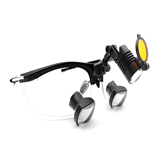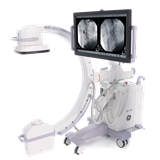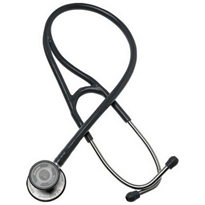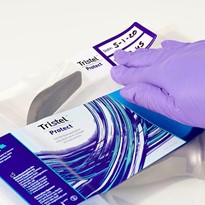In healthcare, the reliability of medical devices isn't just about their design or functionality. One of the often overlooked yet critical aspects of ensuring their safety and efficacy is the packaging. Proper medical device packaging plays a crucial role in maintaining sterility, protecting the integrity of products, and ensuring that devices remain uncontaminated and safe for patient use.
This article explores how medical device packaging contributes to maintaining sterility and safety, focusing on its importance during transportation and storage.
Why Sterility is Critical for Medical Devices
Medical devices, especially those used in surgical procedures or for direct patient contact, may require to be sterile to prevent infections or complications. Without adequate sterility, bacteria, viruses, or other contaminants can be introduced to patients, leading to healthcare-associated infections (HAIs).
To ensure patient safety, devices must remain sterile until their point of use, which is where packaging becomes critical.
The Role of Packaging in Maintaining Sterility
Packaging serves as the first line of defense against external contaminants. When designed correctly, it forms an effective barrier, keeping out microorganisms, dust, moisture, and physical damage. The materials used, the design of the packaging, and the sealing process must all meet stringent requirements to ensure the sterility of the device remains intact throughout its lifecycle.
There are several ways packaging ensures sterility and safety:
- Barrier Protection: High-quality packaging materials, such as medical-grade plastics and foils, create a barrier to contaminants, moisture, and other external elements. This protection is essential during transportation and storage, where devices may encounter fluctuating environmental conditions.
- Maintaining Integrity During Transportation: Medical devices often travel long distances from manufacturers to healthcare facilities, facing bumps, vibrations, and pressure changes. Packaging needs to withstand these stresses without compromising the device's sterility. Innovations such as shock-resistant and pressure-sensitive materials help protect devices from damage.
- Protection Against Moisture: Moisture can compromise both the sterility and the function of medical devices. Sealed packaging with desiccants or moisture barriers ensures that humidity or water exposure does not affect the device during storage or transit.
- Tamper Evident Features: Many medical device packages are equipped with tamper-evident seals. This adds a layer of security, ensuring healthcare providers can easily identify if a product has been compromised before its use.
- Sterile Field Integrity: For devices used in surgical settings, packaging must allow for easy opening in a sterile field. Medical-grade peel pouches or rigid trays designed for sterile environments make it easier for medical staff to open the package without contaminating the device.'
Importance of Compliance with Regulatory Standards
Medical device packaging is highly regulated to ensure it meets safety and sterility standards. Various global standards, such as ISO 11607, outline requirements for materials, packaging processes, and testing to confirm that medical device packaging can maintain sterility throughout transportation, storage, and until the point of use.
Packaging that does not comply with these standards can lead to product recalls, increased risk of infection, or device failure. For this reason, manufacturers invest heavily in testing and validating their packaging processes to meet these stringent requirements.
Sustainability in Medical Device Packaging
While maintaining sterility is essential, there is also an increasing focus on sustainability in the medical device industry. Companies are looking for ways to reduce packaging waste and use eco-friendly materials without compromising safety. For example, some manufacturers are exploring the use of recyclable materials or reducing excess packaging while ensuring the devices remain sterile and protected.
Conclusion
Medical device packaging is more than just a container - it's a critical component in maintaining the safety, sterility, and integrity of medical devices. Proper packaging ensures that devices arrive at healthcare facilities in perfect condition, ready for use without risking contamination. As technology advances, so too will packaging innovations, further enhancing patient safety and device performance.













































-205x205.jpg)
-205x205.jpg)


